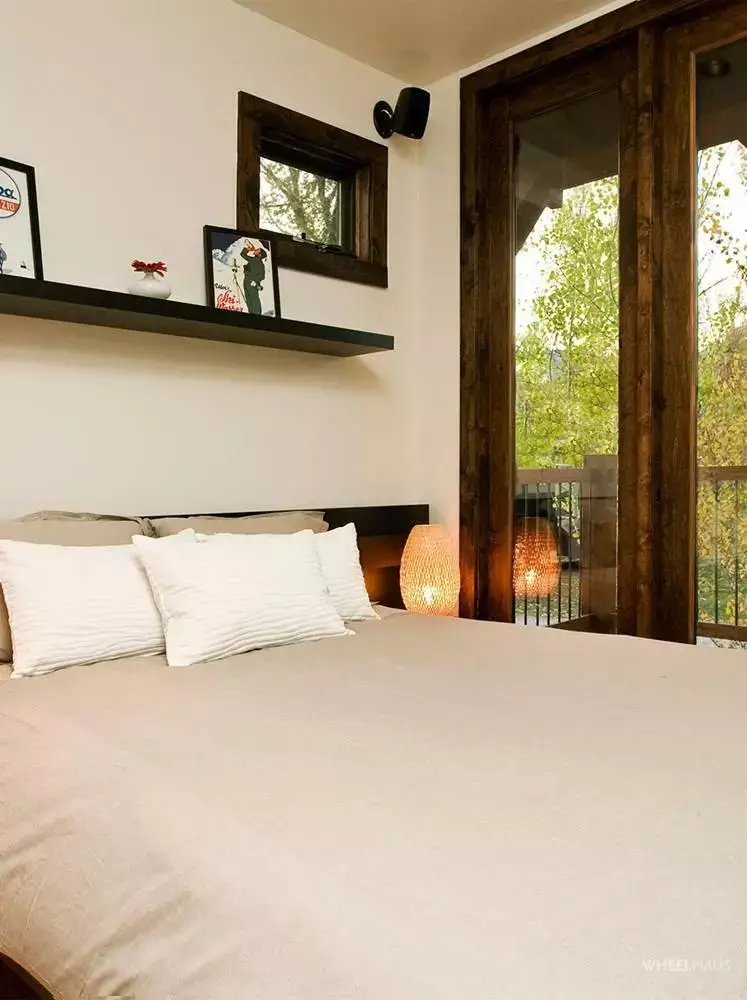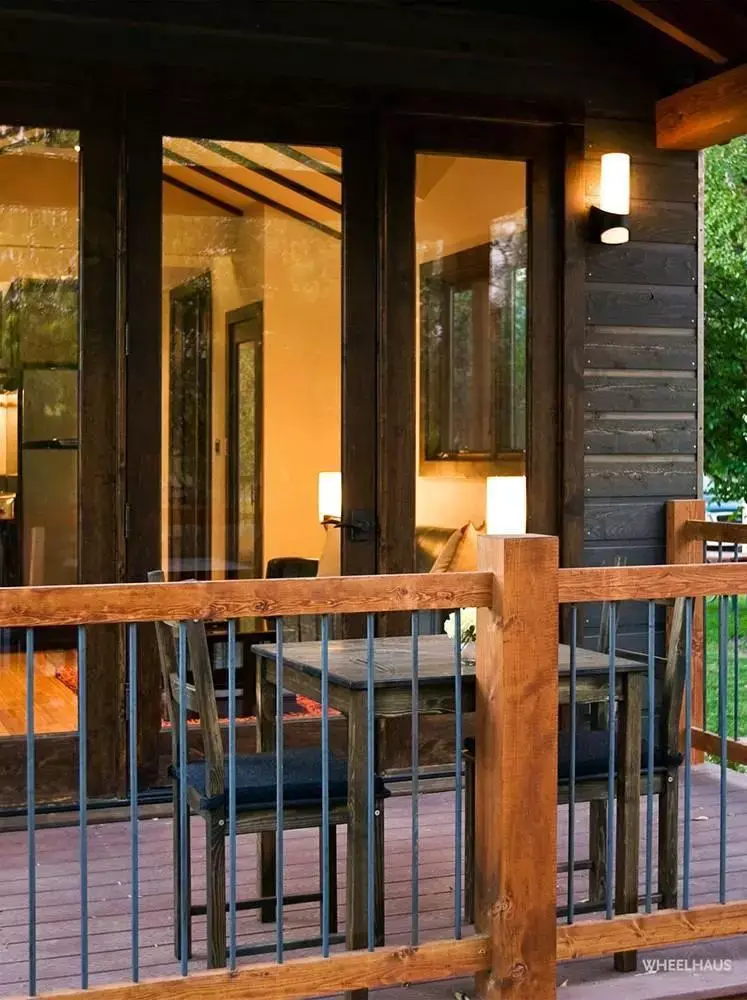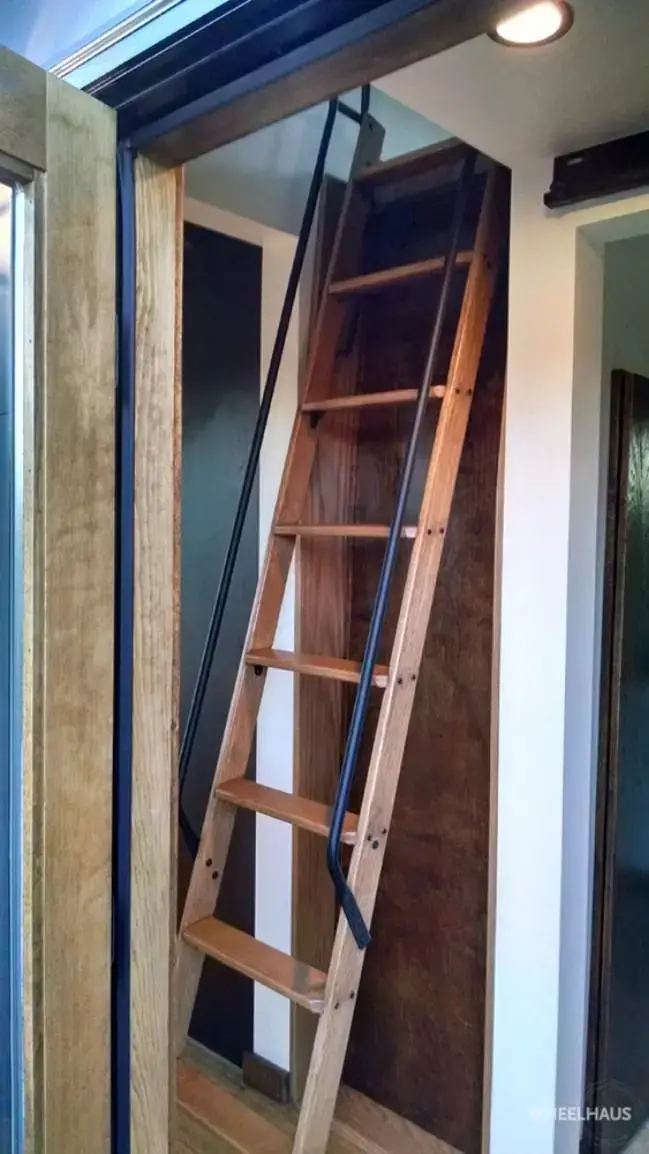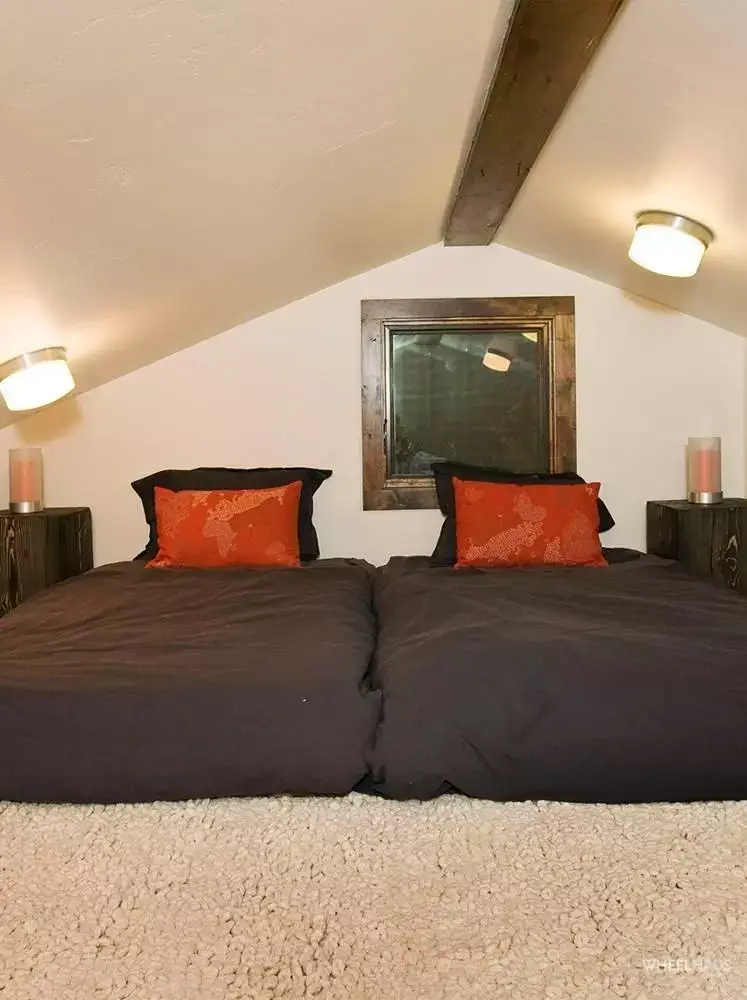
Do you dream of building your own tiny house? If that is the case for you, you aren’t alone – these structures have quickly become popular housing trends, providing minimalist and sustainable lifestyle solutions. Before beginning construction, it is important to do research and gather inspiration from those that have already taken this path.
Learn from those who have built before
Getting advice from people who have built tiny houses is a great way to gain valuable insight into the process. They can offer valuable advice because they have lived in tiny houses and are familiar with all aspects. Tiny house communities, forums, and social media pages are excellent ways to connect with builders.
Consult contractors and small homebuilders.
Contractors and tiny house builders have extensive experience in building these small homes. Leveraging their vast knowledge on various kinds of tiny houses will give valuable insights into design, material selection and building techniques – so consulting them beforehand will ensure your tiny house meets all standards set out by you and its code compliance is met to the tee!

Study Floor Plans for Small Home Designs
The floor plan is the most important factor in determining how comfortable and functional your tiny house will be. Keep in mind your family needs and any other special considerations as you look at various small house plans to determine the best layout.

Prioritize Energy Efficiency
Your number one goal when designing a small house should be energy efficiency. By prioritizing features that reduce energy consumption in your design, it is possible to reduce the environmental impact of your tiny house while reducing utility costs. As the surface area of your building increases, you will need more energy to heat and cool it. Compact designs with insulation can help lower this figure.
Building from the Bottom up
The building of your tiny home should start from the bottom. Building outwards is more expensive, and reduces the overall efficiency. Heat naturally rises; therefore, if your second floor chambers require heat sources below them to remain comfortable. This factor can help you optimize your energy use by keeping it in mind when designing your tiny house.
Log Dry Log Storage Importance
Before building with logs, make sure they are as dry as possible. Repurposed logs have the opportunity to dry naturally, whereas green or wet ones may shrink due to water evaporation and cause structural problems. When crafting your tiny home, you should use wood with moisture content between 12-15%.

Include protective features in the design of your project.
Include features such as an extended overhanging roof and covered porches in your design to protect your tiny home from excessive moisture. These elements will shield your logs from snow and rain to preserve their integrity, and keep your house weatherproof. To reduce the risk of further water damage, you should also pay attention to the landscaping.
Building your tiny house can be an unforgettable journey – offering the chance to customize a space just to you and meet all of your needs and wants. By taking time, gathering information, and saving money as part of the journey towards making your dream house become a reality – enjoy every step and revel in this experience of creating something truly personal!
Building Your Tiny Dream House
Research, planning and commitment are required to build a tiny home. You can create a functional and eye-catching home by learning from others’ experiences and consulting professionals while you consider key design concepts that reflect your own personal style. Remember, however, building one doesn’t just involve downsizing – rather, embarking on an enjoyable lifestyle filled with simplicity and sustainability is at stake here too!
This story was inspired by: Wheelhaus